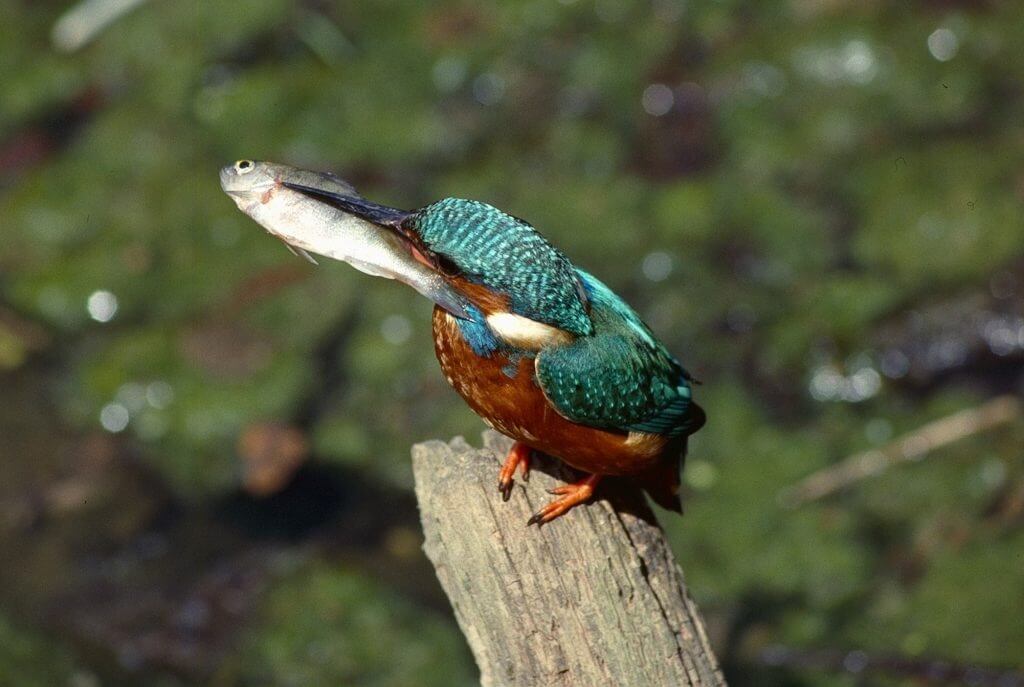Hi everyone!
I’m Becky and head of the birds section here at the park. Not many people seem to share, or even understand my passion for birds, but I think they’re fascinating! I always have my eyes on the sky when I’m walking around at work in case something interesting flies over. But I often get strange looks when I get a bit too enthusiastic about a party of goldfinches going overhead, or even better a bird of prey! My fellow keepers do seem to get it though, they always tell me if something unusual turns up, and I love educating the public about our collection of birds at the park. We house a variety of species ranging from parrots, to birds of prey, right through to flamingos and of course my babies, the penguins!
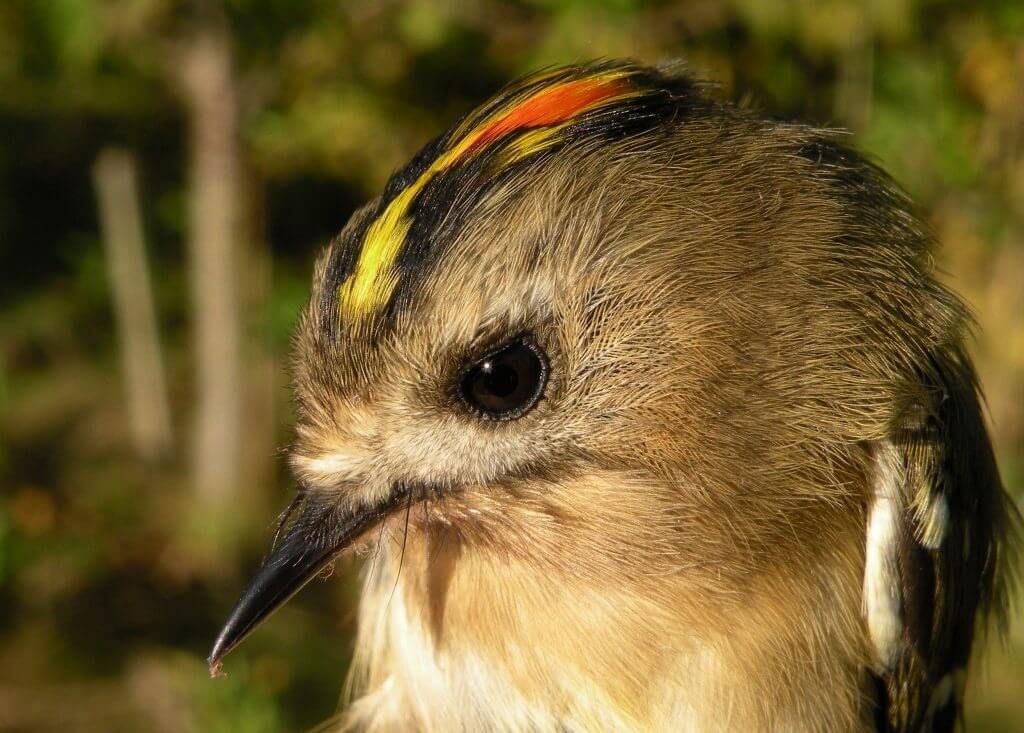
Back in 2013 I discovered Sandwich Bay Bird Observatory, and found a whole bunch of people who also have a passion for our avian friends, somewhere that I felt truly normal for once. Since then I have become a Trustee for the charity and have been spending either one or both of my days off volunteering to helping monitor wild birds through bird ringing. And this is what I’d like to talk about with you in my very first blog.
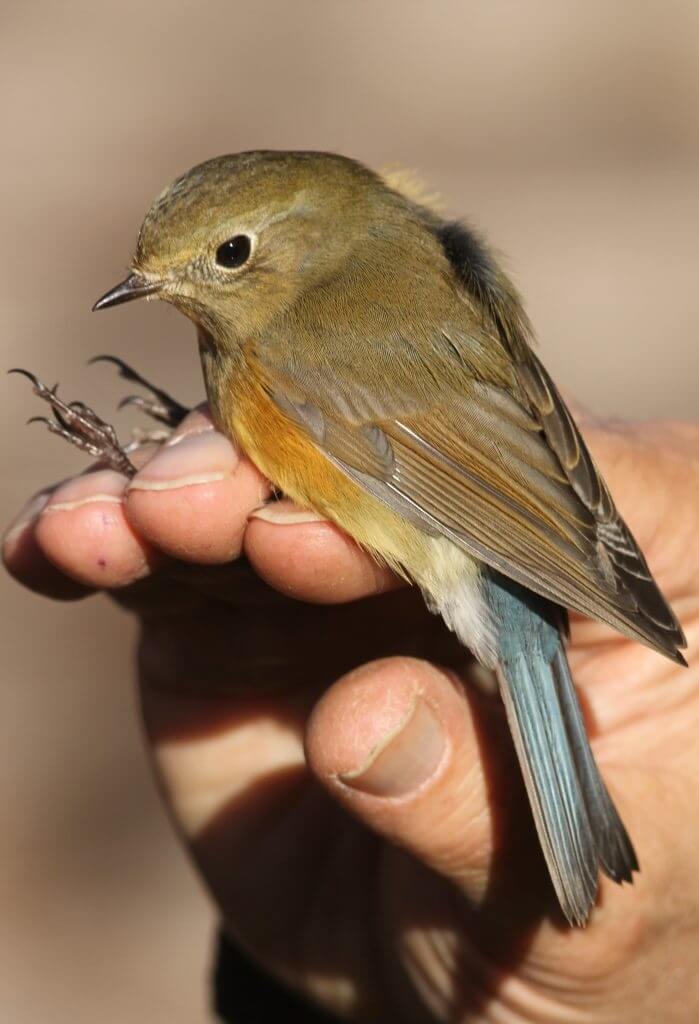 So what is bird ringing?
So what is bird ringing?
The ringing scheme is organised by the British Trust for Ornithology and the first step for me was to start as a Trainee. So this meant that I was allowed to start learning how to handle birds safely under the supervision of my trainer Steve. Thankfully because of my experience with my job I took to it like a duck to water… excuse the pun! The birds we process are each fitted with a small and lightweight ring around their leg, rather like us wearing a watch, with a unique number engraved into it. These birds are then known to us as individuals, which is vital for bird conservation. This work is critical, and through it we can learn how long birds live for, when and where they migrate to, population size, breeding success, and survival rates too. All of this data can tell us when a species is in trouble and then hopefully the BTO can find a way to protect them and try to reverse declines in numbers.
The most interesting aspect of this for me though is the movements of birds. For example, I find it fascinating that our smallest UK bird, the Goldcrest only weighs about six and a half grams… about 5 Smarties! These tiny birds can fly all the way from the Baltic to us, and back again every year! We know through ringing that they have even reached us from as far away as Russia and Norway, but usually they join us from Sweden and Finland.
By far my most memorable bird to turn up was a Red-flanked Bluetail in October 2015. An absolutely stunning bird which should have been making its way to Asia for the winter. One of our more unusual visitors to the Observatory to say the least!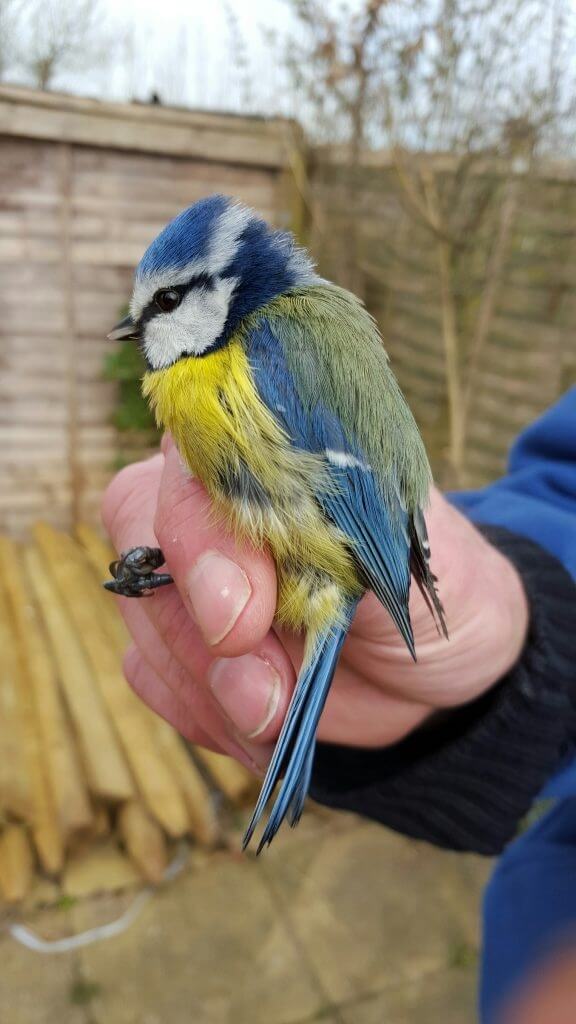
Even common garden birds can surprise us. A lot of birds that we take for granted and presume are resident, as in stay here in the UK all year round, can undergo huge migrations as well. Some of our Robins, Blackbirds and Chaffinches join us every winter from continental Europe. Amazingly, a Blackbird we ringed last year was found in Germany, and we caught a Blue Tit that had come all the way from Lithuania! This broke the record for the longest-distance British recovery of a Blue Tit!
A Barn Owl chick that I ringed in 2015 turned up in a nest box 40km away the following year with her own clutch of eggs; important information for monitoring a species where numbers have plummeted since the 1930s due to farming changes. Barn Owls are a Schedule 1 protected species and even though I have a BTO permit (a legal requirement for ringing wild birds) I still need to be supervised by someone with a special Barn Owl Schedule 1 endorsement to work with these iconic birds.

This year, with the help of East Kent Wildlife Group, we have put up nest boxes for House Sparrows around the park. You can see some of them on the side of our Reptile House. Sarah and Pete have a special endorsement that allows them to ring chicks in the nest. This can help identify species that may be declining because of problems at the nesting stage. House Sparrows have declined by nearly 71% since 1977 and more information is needed to help us understand what is happening to them in urban habitats. Here at the park, we see House Sparrows everywhere and they seem to be doing really well here so hopefully our work will provide some useful information in the coming years.
It took me around two years to acquire my “C” permit. The BTO has very high standards of bird welfare and scientific data, so I have spent many, MANY, mornings up at the crack of dawn and sometimes working through to the evening during Autumn migration. My colleagues definitely think I’m mad! One of the best things about Sandwich Bay is that it is a migrant hotspot for birds. You can literally see migration happening. It takes a lot of hard work being able to ID, age, take measurements correctly and keep accurate records. I still have a lot to learn and a long way to go before I can achieve my “A” permit. Maybe in another few years I’ll be able to apply for it once I have a bit more experience.
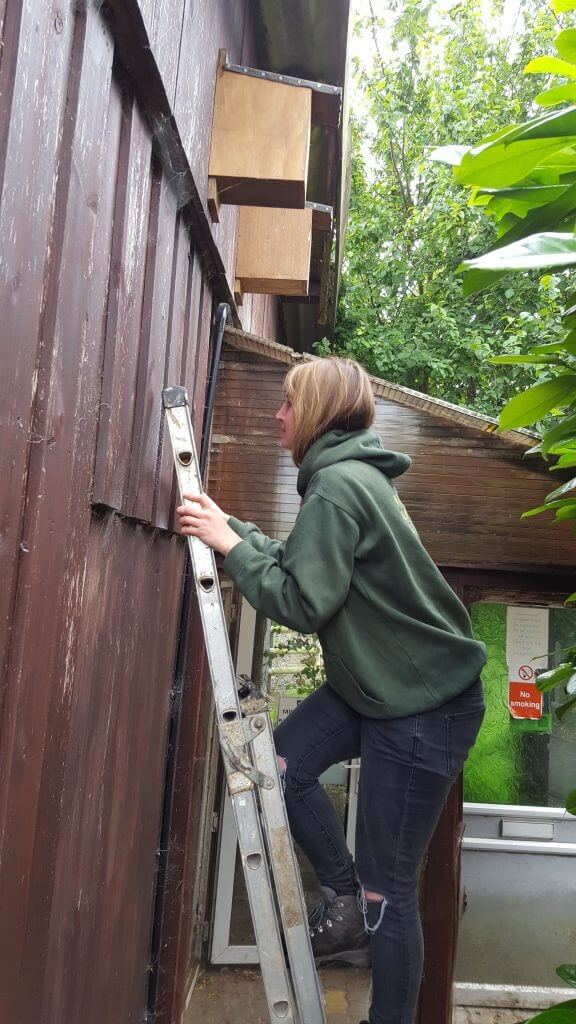
A lot of my newly developed set of skills I can put into practice at work as well. We have our own baby birds for example that need close supervision as they’re growing up in their nest boxes. And unfortunately if a bird needs to see the vet, we have to be able to handle them safely, for both their and our safety. Did you know a Macaw can bite as hard as an Alsatian?!
So I hope you’ve enjoyed learning about bird ringing, this is literally just the tip of the iceberg, there is so much involved in the scheme. If this sparks an interest in birds in you then that always makes my day. Feel free to ask me about bird ringing at the park if you’re stopping by, we’re always happy to answer questions! But for now, I’ll leave you with a photo of one of my favourite birds the Kingfisher (below by John Buckingham). You can find out more about Sandwich Bay Bird Observatory and ringing by following the links below.
Happy birding!
Sandwich Bay Bird Observatory Facebook Page: www.facebook.com/Sandwichbirdobs/
Sandwich Bay Bird Observatory: www.sbbot.org.uk
British Trust For Ornithology: www.bto.org/volunteer-surveys/ringing
